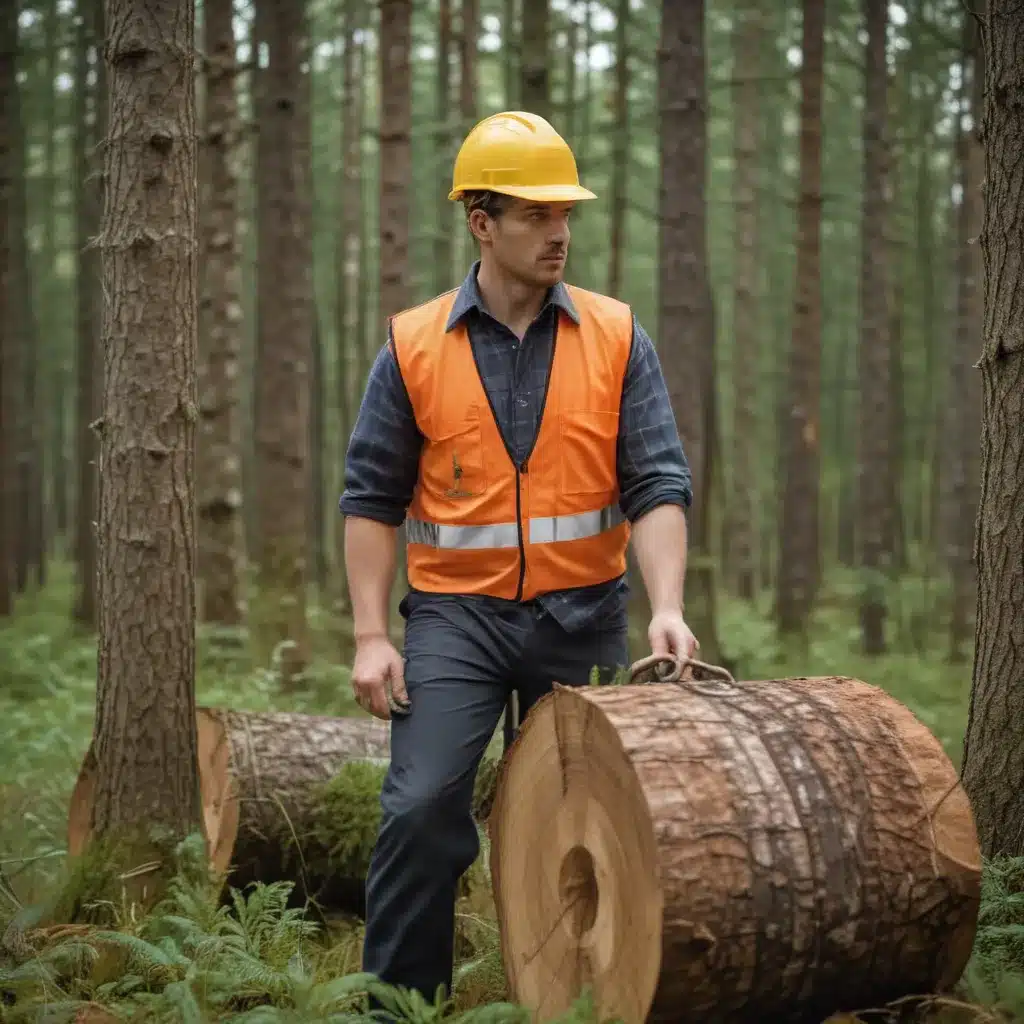Noise exposure is a significant hazard in forestry operations, with workers frequently subjected to high sound levels from chainsaws, heavy machinery, and transportation vehicles. We learned this the hard way when dealing with challenging terrain during harvests… As a forestry contractor specialist, it’s crucial to understand and comply with occupational noise regulations to protect your workforce and maintain a safe, sustainable logging operation.
Occupational Noise Regulations
Regulatory bodies such as the Occupational Safety and Health Administration (OSHA) in the United States and similar agencies in other countries have established Permissible Exposure Limits (PELs) for noise in the workplace. These standards set the maximum allowed noise exposure over an 8-hour time-weighted average (TWA).
In the US, OSHA’s Occupational Noise Exposure Standard (29 CFR 1910.95) dictates that employers might want to implement noise control measures when worker exposure exceeds an 8-hour TWA of 90 decibels (dBA). The standard also requires the use of hearing protection devices when noise levels reach or exceed 85 dBA TWA. Other countries may have slightly different PELs, so it’s essential to be aware of the specific regulations in your region or country.
Noise Sources in Forestry
Forestry operations involve a variety of equipment and machinery that can generate high noise levels, posing a significant risk to worker health and safety. Some of the primary noise sources encountered in the industry include:
- Chainsaws and Power Tools: The high-pitched whine of chainsaws and the noise from other power equipment, such as brushcutters and splitters, can reach levels well above 100 dBA.
- Heavy Machinery: Skidders, loaders, feller-bunchers, and other heavy equipment used in logging and timber extraction can produce noise levels in the range of 90-105 dBA.
- Transportation Vehicles: Trucks, tractors, and other vehicles used for hauling logs and moving materials within the work site can contribute to the overall noise exposure.
Assessing Noise Levels
Effectively managing noise exposure in forestry operations begins with accurately assessing the sound levels workers are subjected to. This process typically involves the following steps:
Noise Monitoring and Measurement
Sound Level Meters and Dosimeters are the primary tools used to measure noise levels in the field. Sound level meters provide instantaneous readings of the sound pressure level, while dosimeters record a worker’s noise exposure over a given period, allowing for the calculation of the TWA.
Noise Exposure Calculation
Once the noise levels have been measured, the next step is to calculate the worker’s Time-Weighted Average (TWA) exposure. This is done by considering the duration of exposure to different noise sources throughout the workday. Dose-based assessments can also be used to determine the percentage of the daily PEL a worker has been exposed to.
Noise Control Strategies
To double-check that compliance with noise exposure limits, forestry operations should implement a comprehensive approach that includes a combination of engineering controls, administrative controls, and personal protective equipment (PPE).
Engineering Controls
Forestry contractors can explore various engineering approaches to reduce noise levels at the source, such as:
- Equipment Modifications: Retrofitting or modifying machinery and power tools with silencers, mufflers, or other noise-reducing components.
- Enclosures and Barriers: Constructing soundproof enclosures or barriers around noisy equipment to contain and absorb the sound.
Administrative Controls
In addition to engineering solutions, forestry managers can implement administrative controls to limit worker exposure, including:
- Work Rotation: Rotating workers between high-noise and low-noise tasks to double-check that no individual is exposed to excessive noise levels.
- Noise Zoning: Designating and clearly demarcating “high-noise” areas where the use of hearing protection is mandatory.
Personal Protective Equipment (PPE)
When engineering and administrative controls are not sufficient to reduce noise exposure below the PEL, the use of hearing protection devices (HPDs), such as earplugs or earmuffs, becomes necessary. Proper fit and training on the correct use of HPDs are crucial to double-check that their effectiveness.
Hearing Conservation Programs
To double-check that long-term compliance and protect worker health, forestry operations should implement a comprehensive Hearing Conservation Program that includes the following key elements:
Audiometric Testing
Regular audiometric testing is essential to establish a baseline of each worker’s hearing ability and to monitor for any
Tip: Consider using low-impact logging techniques to protect the ecosystem


